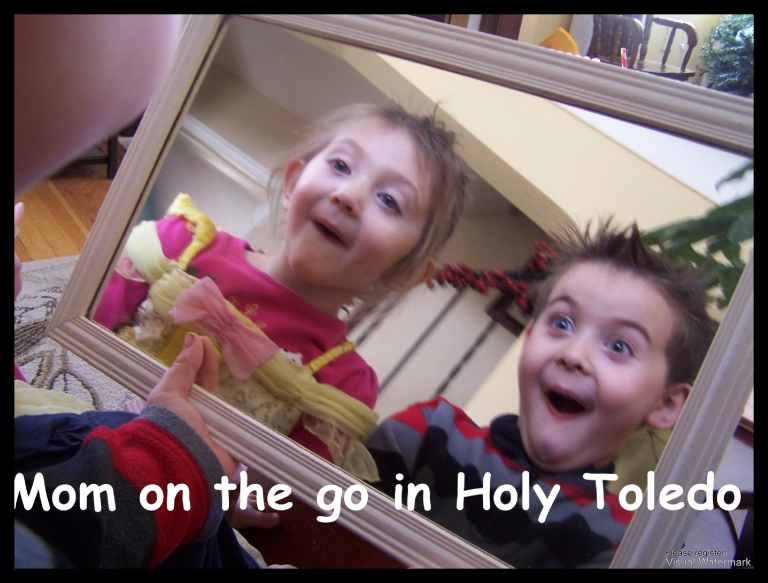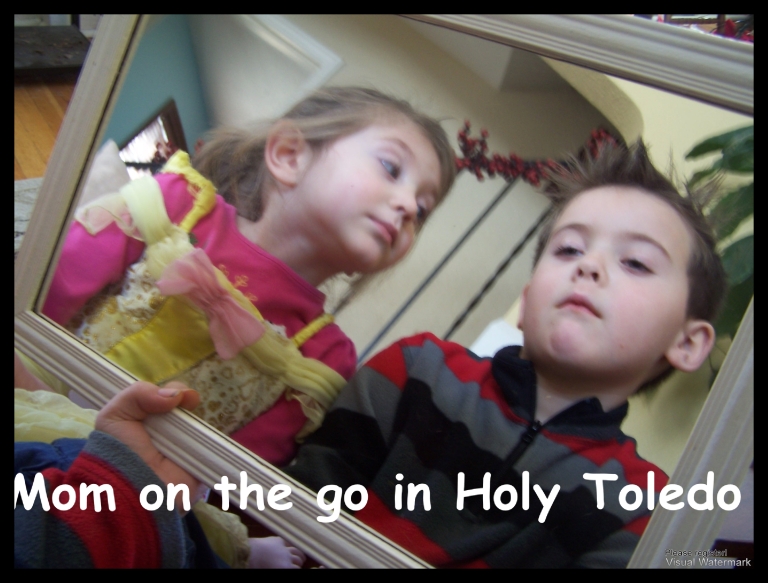Why a lesson on feelings?…..
Our toddler is at that age where she is becoming easily frustrated when she cannot complete tasks, especially when her older siblings can. Also, most recently, she basically lost her mind and sheer panic took over when she met Santa Clause. I asked her how she felt when she met him and she said, “not happy”. Which was a valid response, but, it occurred to me that her understanding of feelings was limited to happy, and, not happy. Thus, it was definitely time to identify and discuss feelings.
Now our preschooler on the other hand is an old pro at expressing his feelings. If he is frustrated because his new toy won’t work, or he can’t unbutton his shirt fast enough he will use his words to express that. But it is what to do with those feelings that can be difficult for him at times, he could use a few good coping strategies.
In addition to identifying feelings and coping strategies the ability to respond to others’ emotions and feelings accordingly is essential to being able to empathize. And empathy is so very important for building relationships, including relationships with siblings. And lately there have been a few cases in our home where someone was responding inappropriately to another siblings feelings.
So, due to the reasons I explained, I tailored this lesson to our toddler and preschooler’s needs. In some cases our preschooler was receiving a refresher course, but who can’t use a refresher especially when it comes to feelings?
Identify Feelings…
I decided to introduce our toddler to feelings by means of one of her favorite learning methods, a story! She simply adores story time at the library and is always requesting a book be read to her at home. So I went through our home library and pulled out The Way I Feel, by Janan Cain. We had purchased it for our eldest daughter when she was 2 in order to help her identify and use her words to express her feelings. It worked then and it appears to be working now….
While reading the book I asked our toddler questions that coincided with the book, such as, how does her face look when she is happy? …She is frustrated, do you ever feel frustrated?…She is sad, how do we know she is sad?…Her arms are crossed and she isn’t smiling, how do you think she feels?
After we read the book I gave each kiddo a pile of magazines to go through and asked them to identify examples of people expressing the following feelings: Sad, Bored, Happy, and Angry
They had some difficulty locating an example of sad, which that wasn’t surprising since most articles, advertisements, etc. don’t focus on sad children or adults (of all times for an advertisement about depression or anti-depression drugs not to be present). So I allowed the dog, after all her does look a little sad.
Then I grabbed the mirror and we did some role playing. I asked the kiddos various questions and they then expressed the feeling they thought they would feel in each scenario. For example, I asked them how they would feel if they just found out they were going to Disney World. (Happy and Excited)
And then asked them to express how they would feel if they were told the flight was cancelled and they were not going to Disney World… (disappointed…I love how our toddler looks up to big brother to confirm that her expression is correct).
Then we took a few minutes and each child had the opportunity to illustrate their own expression and the other child then stated the feeling being expressed. (Our preschooler is illustrating anger and our toddler correctly identified the feeling)
She them immediately started laughing as a result of him expressing the feeling of anger which was a nice transition to a discussion on ways to respond to other’s feelings.
Responding to Feelings….
Learning to empathize is such an important quality in life and it is vital for building relationships. So in order to teach the children appropriate ways to respond to other’s feelings we simply had a discussion that included a series of questions. I asked them what they would do if someone was crying…should we laugh at them…How would you feel if someone laughed at you when you were crying?…What would you like others to do when you are crying? And then we ran through additional feelings in a similar manner.
Then we had some fun with expressing feelings! We played with Flip Flop Faces, Emotions in Motion! by discovery Toys (I used to be a Discovery Toys Consultant, they have amazing educational products!)
How we played…
Toddler version: Our toddler grabbed a bean bag and she matched up the color on the bean bag with the color on the bowl. She then threw the bean bag and it flipped the bowl to reveal the emotion being expressed. She then stated the emotion.
Preschool version: I tossed a bean bag to our son and stated the feeling indicated on the bean bag. He then made the expression that corresponded with the feeling. He then threw the bean bag and flipped the bowl to confirm his expression.
After emotions in motion the kiddos had worked up an appetite and we headed to the ktichen to fix lunch. The kiddos help make lunch, we had mexican pizzas….our son made a happy and angry pizza while our daughter opted for surprised.
With our lunch we had hot chocolate. I know what you are thinking, mexican pizzas and hot chocolate yuck! But actually it didn’t taste that bad together and I had my reason for giving the kiddos hot chocolate.
Coping Strategies…..
Hot Chocolate:
While waiting for our hot chocolate to cool I discussed how overwhelming feelings can be at time and how it is important to have a technique for coping with strong feelings (but I expressed this in kiddo lingo). Then I taught them a technique my mom taught me, the hot chocolate technique!
How it works: When a child is experiencing strong feelings, whether it be frustrations, anger, over excitement, etc. have them stop and be still for a minute and focus on their breathing, similar to the way adults take a few breaths to calm down. But, since children don’t really understand inhaling through their nose and exhaling through their mouth the hot chocolate image is the perfect way to express this. Have child imagine a cup of hot chocolate is in front of them, have them smell the hot chocolate (through their nose) and then have them blow on the hot chocolate (exhaling through the mouth) to cool it.
Code Word:
As to not embarrass your child when they are experiencing an influx of emotions use ‘hot chocolate’ as the code word for calming down and coping with their strong emotions.
This technique is extremely helpful in life; I even find myself using this coping strategy throughout the day when things become overwhelming.
Conclusions….
I have noticed a change in our household over the past few days since we had our discussion on feelings. Granted, the kiddos will need reminders to use their words to express their feelings, encouragement to use the hot chocolate method when emotions become strong, and discussions will continue whenever possible on empathy. I have found that the best method for expressing empathy to children is for it to be modeled and vocalized whenever possible. For example, the perfect time to engage in a discussion on empathy is when reading stories, watching television or movies, the characters always experience feelings, ask you kiddos questions, I promise it won’t take but a few minutes and the results will be well worth it!













